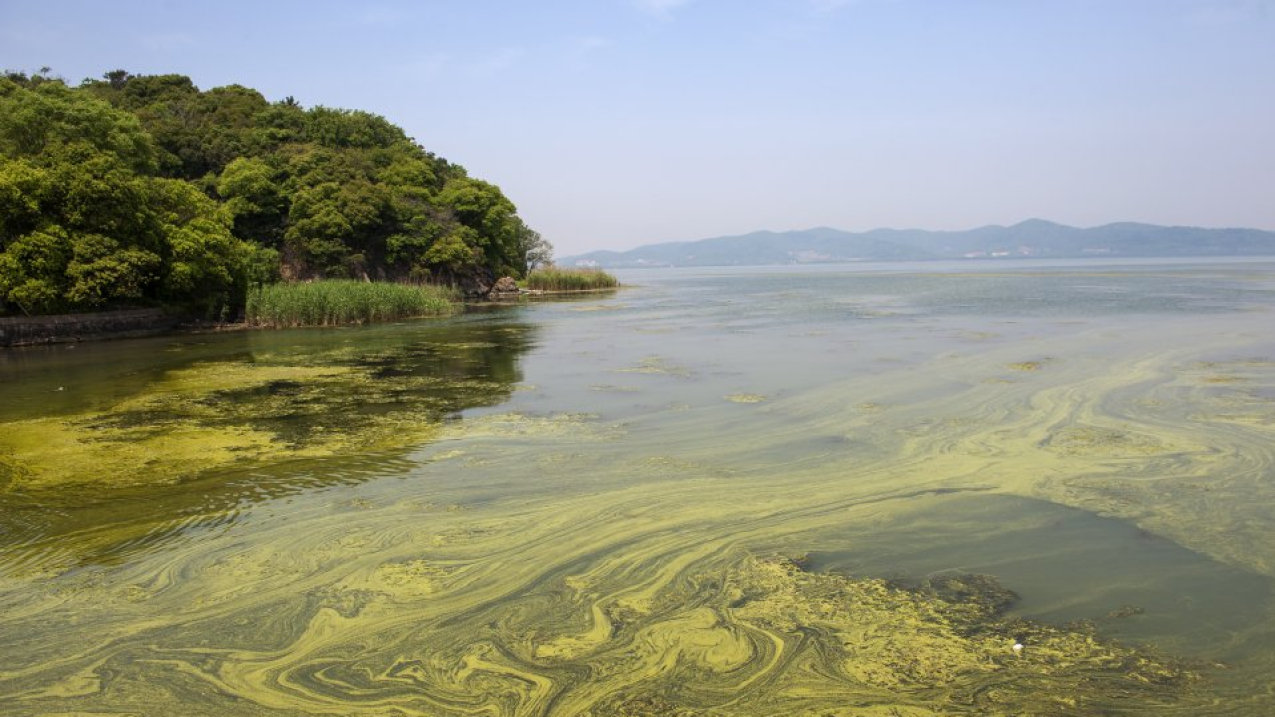
NCCOS is announcing $16.1 million in funding for harmful algal bloom (HAB) research projects and monitoring activities throughout U.S. coastal and Great Lakes waters.
HABs can produce toxins or cause other harmful effects that can damage ecosystems, disrupt our seafood supply, impact economies, and threaten human health. Marine and fresh waters of the U.S. are increasingly impacted by HABs, with blooms reported in every state. They cost the U.S. economy millions of dollars each year, and costs from a single major HAB event can reach tens of millions of dollars.
NCCOS has allocated $16.1 million to fund HAB research in fiscal year 2022, including $3.3 million for six new research awards, $10.4 million for 23 continuing awards and $2.4 million for two Community-Directed Spending projects. Funded projects will determine interactions between HABs and ocean acidification; establish a U.S. Harmful Algal Bloom Control Technology Incubator; enhance detection of toxins and improve forecasts; and investigate the social and economic impacts of harmful algae.
NOAA’s Ocean Acidification Program (OAP), under NOAA’s Office of Oceanic and Atmospheric Research, has partnered with NCCOS to advance understanding of interactions between acidification and HABs in coastal waters and the Great Lakes. Four of the new competitive research awards are funded in partnership with NOAA’s OAP.
A full list of the new NOAA NCCOS grant awards is available online. View the full NOAA press release online.
